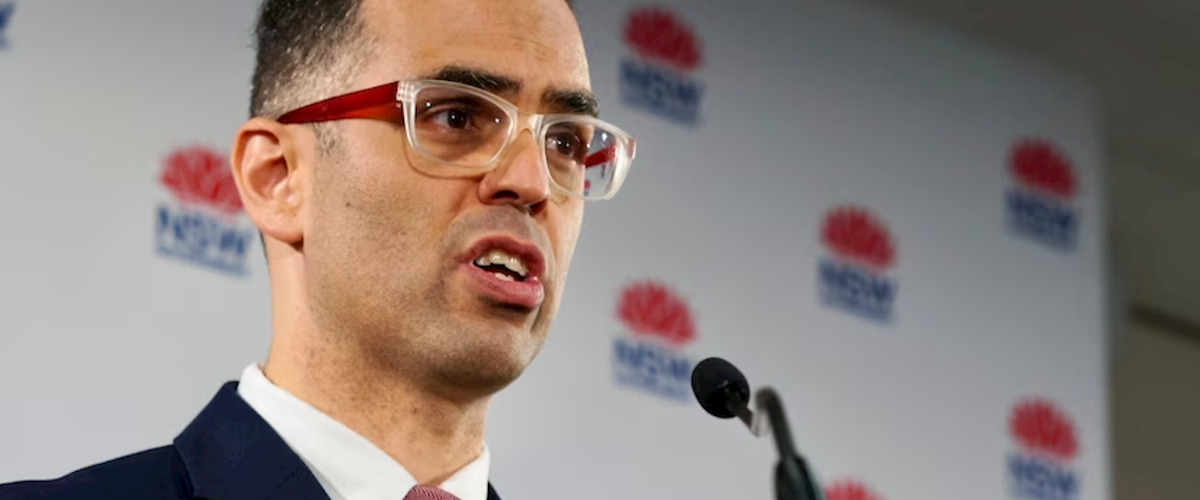Thu 21 September 2023
SHPA calls for pharmacy focussed funding as part of NSW Budget release
Image courtesy of ABC News: Gavin Coote
The Society of Hospital Pharmacists of Australia (SHPA) has welcomed the release of yesterday’s New South Wales (NSW) Budget 2023-24, handed down by Treasurer Daniel Mookhey, which features a more than $14 billion healthcare investment into staff retention and recruitment, and upgrading of hospital facilities.
SHPA President Tom Simpson says the $2.5 billion investment to recruit and retain healthcare workers, including study subsidies for 12,000 healthcare students, is welcome news and calls on the government to ensure that hospital pharmacy gets its fair share of allocations to begin to address hospital pharmacy workforce sustainability in New South Wales.
‘Our NSW pharmacy leaders consistently report pharmacy staff vacancy rates in their departments sitting around 20-40%, and we ask that NSW pharmacy departments have a seat at the table when these new recruitment and retention policies are being implemented.
‘NSW significantly lags behind other states such as Victoria in hospital pharmacy intern positions despite being Australia’s most populous state. Without a decent pipeline of new pharmacy graduates entering NSW Health, there is no solid foundation in which to build a strong and resilient workforce to meet the increasing demands of hospital care.
‘Recently, the NSW government itself accepted in principle the recommendation to increase the number of public hospital pharmacists in emergency departments as part of its inquiry into the impact of ambulance ramping.
‘Given the high rates of turnover and difficulties in recruiting and retaining staff, we need to ensure hospital pharmacy is adequately staffed to meet the healthcare needs of all patients and reduce the burden on overly stretched emergency departments.’
The NSW Budget 2023-24 also included a significant $13.8 billion toward health facilities including 600 new hospital beds across Western Sydney. Mr Simpson welcomes the investment while cautioning it must come alongside investment allocated appropriately across the whole healthcare workforce.
‘We hear from many health services forced to spread their existing resources across various sites. So while the Essential Infrastructure Plan is good and indeed necessary, without available staff we won’t see the full benefit in building these new facilities. ‘The last thing we want to see is 600 new hospital beds that can’t be serviced.’


